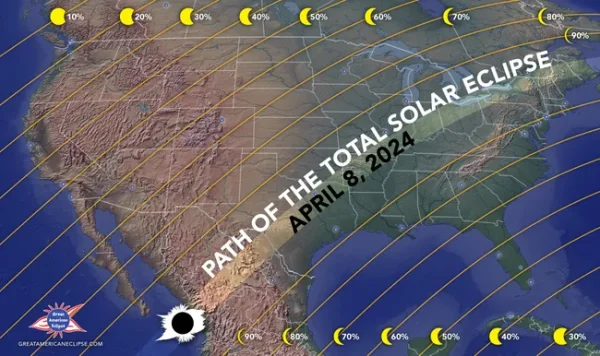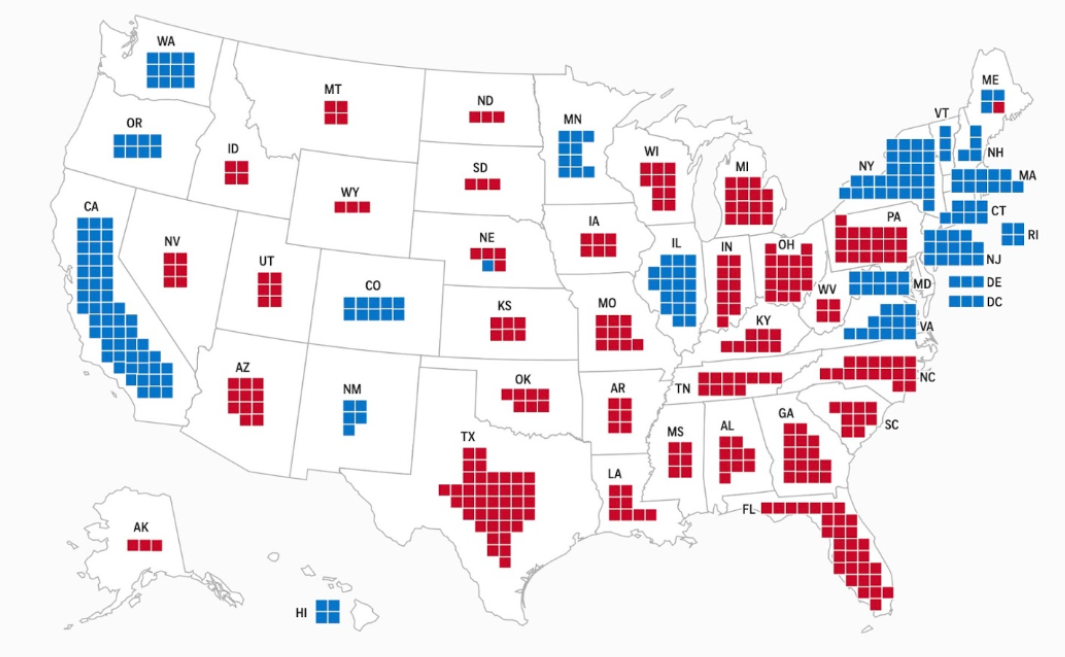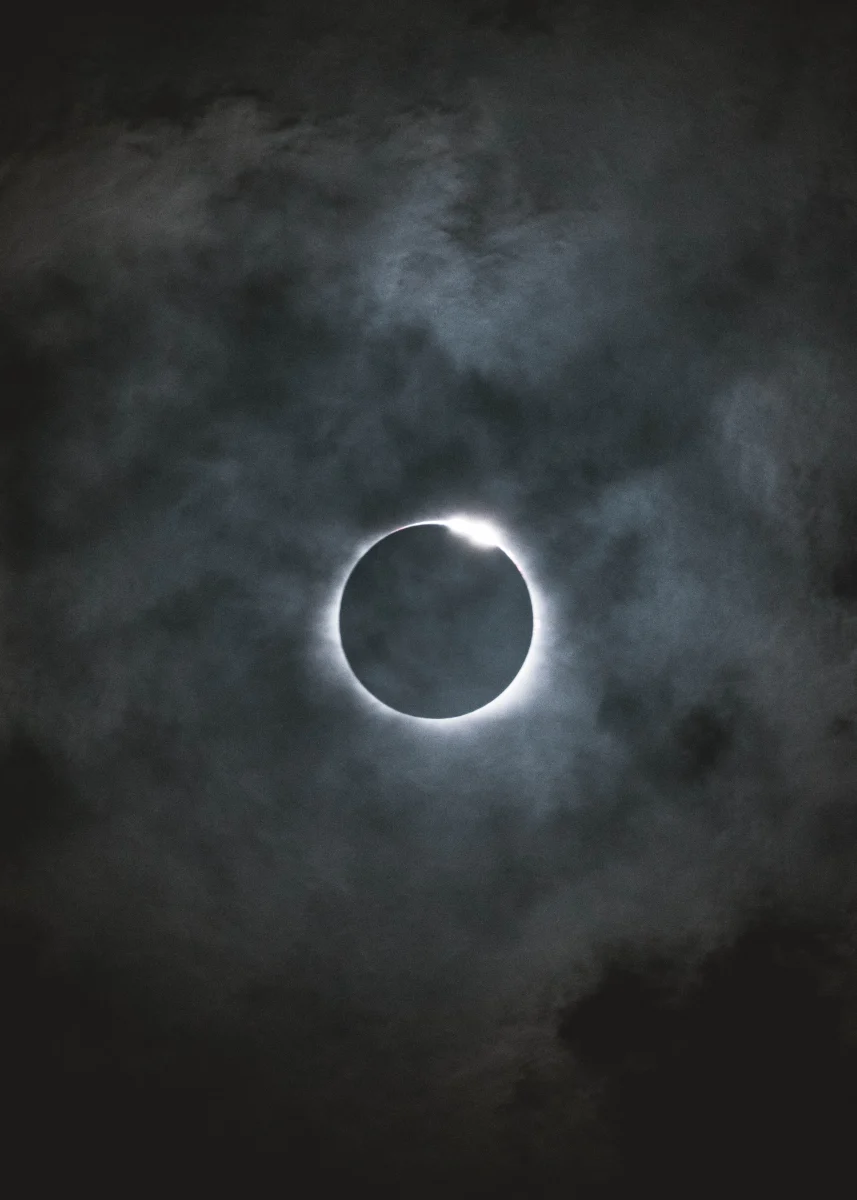
Depending on where you were at the moment you would get a different view of the eclipse. Here in New Jersey at the peak, we were able to see about 90% totality. That means the moon covered about 90% of the sun. but certain places in upstate New York had 100% totality which meant the moon covered the sun completely and it would seem to be dark all around for a couple of minutes.
A solar eclipse occurs when the moon passes between the Earth and the sun, blocking all or part of the sun’s light. This phenomenon can only happen during a new moon when the three celestial bodies align perfectly. There are three types of solar eclipses: total, partial, and annular. During a total solar eclipse, the sun is completely covered by the moon, transforming daylight into dark for a few minutes. A partial solar eclipse occurs when only a portion of the sun is blocked by the moon. An annular eclipse happens when the moon covers the center of the sun, leaving a ring of sunlight visible around the edges. Solar eclipses provide insightful opportunities for scientific observation, allowing researchers to study the sun’s corona, temperature changes, and effects on Earth’s atmosphere. Understanding solar eclipses aids advancements in astronomy, astrophysics, and space exploration. Studying eclipses can also help enhance our understanding of Earth’s place in the solar system and its relationship with neighboring galaxies. Solar eclipses serve as captivating phenomenons that inspire curiosity and interest in science among people of all ages. Exploring the science behind solar eclipses can make for an engaging and informative topic for a science fair project and motivate students to dive deeper into the subject.







